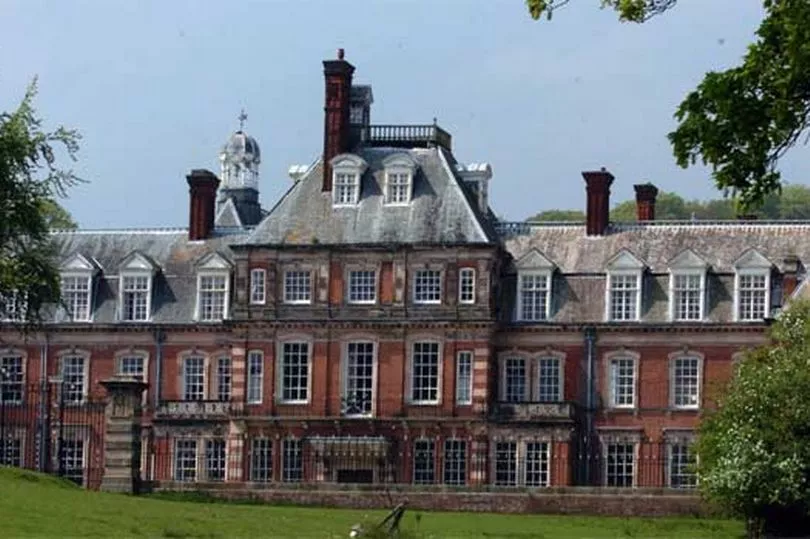Home Abandoned Grand Declines: The hauntingly beautiful abandoned mansions of Wales

- Introduction
- Once grand and bustling, the abandoned mansions of Wales now stand crumbled or overtaken by nature. Hidden in woods, behind rusty gates, or in lonely fields, these places wait to be rediscovered.
- Notable Mansions
- Hafodunos Hall, Conwy
- Restored ancient garden as part of the National Garden Scheme after 30 years of neglect and an arson attack.
- Gothic revival home designed by Sir George Gilbert Scott (1861-1866) for Henry Robertson Sandbach.
- Previously a school for girls and purchased by Dr. Richard Wood in 2010 for restoration.
- Kinmel Hall
- A private residence since the 12th century, the current Grade I building was finished in 1876.
- Has served various purposes including a school, health spa, military hospital, and hotel.
- Restoration estimated to cost £20 million.
- Plas Glynllifon
- Erected in the 1830s and 1840s by Lord Newborough, a significant estate in Caernarfonshire.
- Once abandoned, now being transformed into a five-star hotel by Paul and Rowena Williams.
- Abandoned Home in Llanychaer, Pembrokeshire
- Maintains an undamaged roof despite a decaying façade.
- Originally described as a beautiful contemporary residence in the 1811 Tour of Pembrokeshire.
- Historical Estates
- Edwinsford House
- Built in 1635, home to Sir Rice Williams, fell into ruin in the 1970s.
- Cornist Hall
- Former home of naval admiral Thomas Totty, became a target for vandals after closing as a venue in 2013.
- Golden Grove
- Three mansions built on this estate, the last designed by Sir Jeffry Wyatville.
- Held by the US Air Force during WWII and later used as an agricultural college until 2003.
- Castles and Palaces
- Gwrych Castle
- Built between 1810 and 1822, a significant example of beautiful architecture.
- Purchased by the Gwrych Castle Preservation Trust for public opening.
- Denbigh Hospital
- A former mental facility, not a palace, but a notable abandoned structure.
- Plans for conversion into luxury hotels and houses announced by Lawrence Kenwright.
- Photographic Journeys
- Paul White’s Exploration
- A postman who photographs run-down houses, capturing their eerie essence.
- Utilizes reference books and maps to locate abandoned properties for photography.
- Victorian Institutions
- Brecon and Radnor Counties Joint Lunatic Asylum
- Built in the early 1900s and closed in 1999, it included various facilities.
- Known for its controversial use of pre-frontal lobotomy on at least one patient.
- Conclusion
- These abandoned mansions and estates of Wales offer a glimpse into the past, each with its own story of grandeur, decline, and sometimes, hope for restoration.















